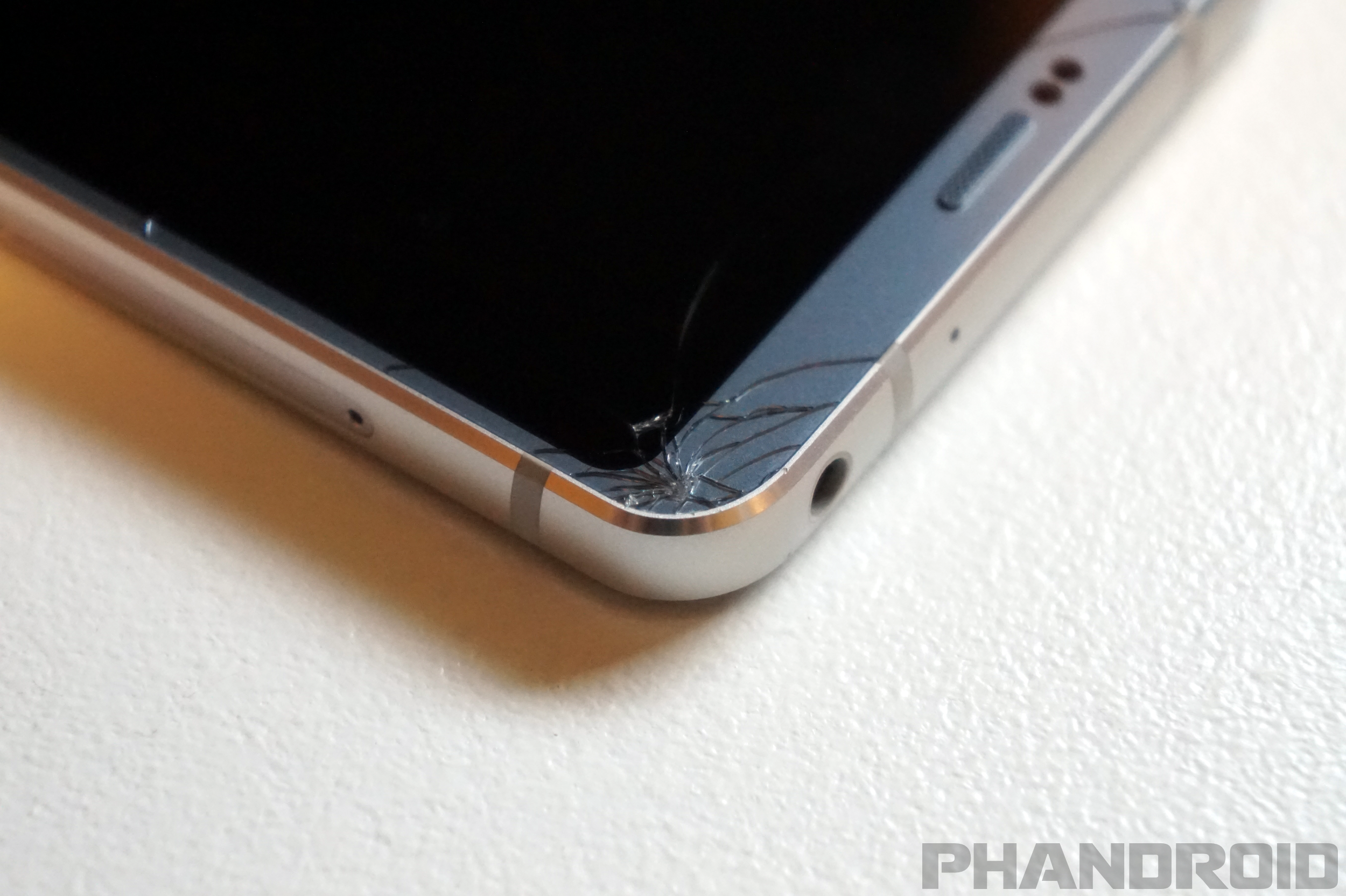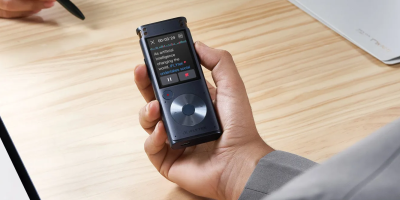Our phones are largely made from materials like metal and glass, which look and feel nice in the hand, but also means that they are prone to scratches, dents, and cracks, which is why many of us choose to use cases with our smartphones in order to protect them. But in the future, maybe cases won’t be necessary because in a recent study published in Nature, scientists have observed how certain metals can actually heal themselves over time.
It has long been the belief that metals cannot heal themselves, but in 2013, researchers used computer models that demonstrated that this isn’t true, but they weren’t able to gather real-world evidence because at that time, they weren’t able to study metals at such a small scale, at least until recently.
During a study of nano-sized copper and platinum, researchers found that these two metals could actually repair their microcracks over time. The metals were placed under repeated stress to the point where cracks appeared, but after 40 minutes, the researchers observed that these metals actually fused back together leaving behind no traces of damage, thanks to a process known as “cold welding”.
Speaking to Live Science, the study’s lead-author Brad Boyce, a materials scientist at Sandia National Laboratories in Albuquerque, New Mexico explained the process:
“In a nutshell, at the nanoscale, the local conditions around the crack tip are such that the two crack flanks are compressed into one another. When they contact, the two flanks heal back together in a process that metallurgists refer to as ‘cold welding’. This process does not appear to happen all the time, but only in cases where the local conditions induce crack flank contact.”
Based on this discovery, scientists believe that this could have the potential to change the way we build and design things made out of metal. Whether or not we’ll start seeing self-repairing smartphones in the future remains to be seen, but we don’t see why it couldn’t be applied.
Keep in mind that the concept of self-healing materials isn’t new. Back in 2013 when LG debuted one of the first smartphones with a curved display, they also introduced a coating on the back of the phone that could repair any scratches on its own. We haven’t really seen this tech used much since, at least not for commercially available devices, but it was still a pretty cool idea.
Source: Live Science











Comments